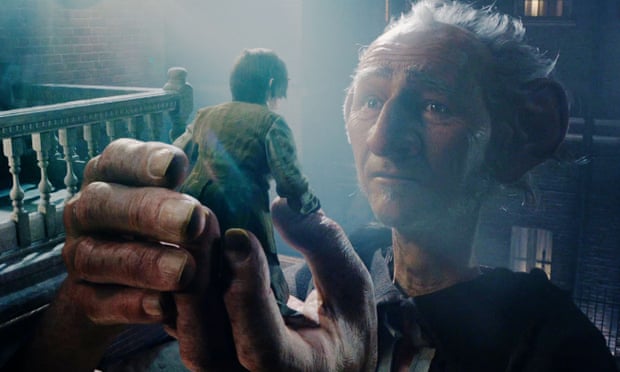“Don’t Breathe” is exactly the kick in the neck that extreme
horror needs right now. Fede Alvarez’s new thriller cleverly plays with
expectations and tropes within the home-invader genre but it never loses sight
of its own momentum, creating a vivid cinematic world of its own within a deliberately
designed, claustrophobic setting. The
movie makes a lot of allusions to classic shockers of the past, such as Wes
Craven’s “Last House on the Left” and Sam Peckinpah’s “Straw Dogs,” as well as
scene elements and direct imagery from “Silence of the Lambs,” and “Cujo.” Conceptually,
this film is basically a reverse version of the 1967 Audrey Hepburn, Alan Arkin
thriller “Wait Until Dark.” But even as those obvious sign posts are visible
for the cinefiles in the audience “Don’t Breathe” slams around with enough of
its own moves and creative WTF moments to justify its many obvious
appropriations.
The story’s set-up is pretty simple; three up-to-no-good,
Detroit 20-somethings stake out the home of a blind ex-military man (Stephen
Lang) who’s sitting on 300,000 dollars of settlement money after losing his
only daughter in a car accident. Rocky (Jane Levy), Alex (Dylan Minnette) and
their gun-toting gangster-wannabe frenemy Money (Daniel Zovatto) all hope to
use this small fortune to give up their criminal lives and move out west to
California, where they can escape their family problems and the general angst of
Midwestern, industrial poverty. Of
course, once they break into the house of their mark things don’t go as they had
planned. As it turns out, the blind
veteran and his vicious Rottweiler are much more prepared for the occasion than
our delinquent protagonists had originally anticipated.
Those with a weak stomach and mild psychological constitution
should be warned that this movie serves a pretty strong cup of coffee. Alvarez knows
how to wait the appropriate time to strike and he patiently earns his gore, but
when the rubber hits the road he doesn’t hold back when it comes to his
depictions of blunt violence and seat-squirming shock sequences. In fact, half
of the picture’s strength comes from its build up and anticipation towards
these moments. This director also never forgets how to structure a scene and
uses his wandering camera to layout the architecture of each set-piece so the
audience can get a true sense of where everyone is and how hard or easy it
should be for them to escape. The best cat and mouse films know that good chase
scenes are most effective when they fully incorporate their setting, and in
that sense, Lang’s creaky, three-level home becomes another character in the
film.
As the movie’s introduces its principle players the dialogue
can be stiff and some of the characterizations are at times too broad and
archetypal but the actors usually are able pick up the screenplay’s slack in
those departments. Things get significantly better once we get into the meat of
the break-in. Alvarez revels in the mechanics of his suspense and the cinematic
elements of horror as pop entertainment. He loves to pull the strings tight on
his scenes and loves to pull the rug out from under the audience, and though
the film’s use of sound is especially important here—given that the antagonist
is blind—the movie never defaults to the overuse of cheap, quiet-quiet-loud
jack in the box scares.
After a summer of misfiring popcorn fare, “Don’t Breathe” is
the perfect mean-spirited antidote to start the fall season. It’s unpretentious
and unencumbered, and more importantly, it understands the appeal of the genre
it’s playing in and knows how to confidently execute it with practical style
and craftsmanship.
Grade: B+
Grade: B+
Originally Published in the Idaho State Journal-Sep/2016
Listen to this week's episode of Jabber and the Drone to hear more conversation about "Don't Breathe."






